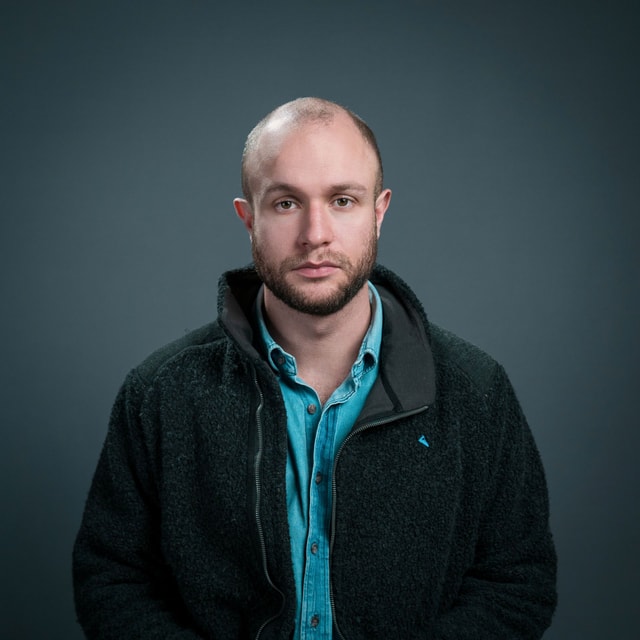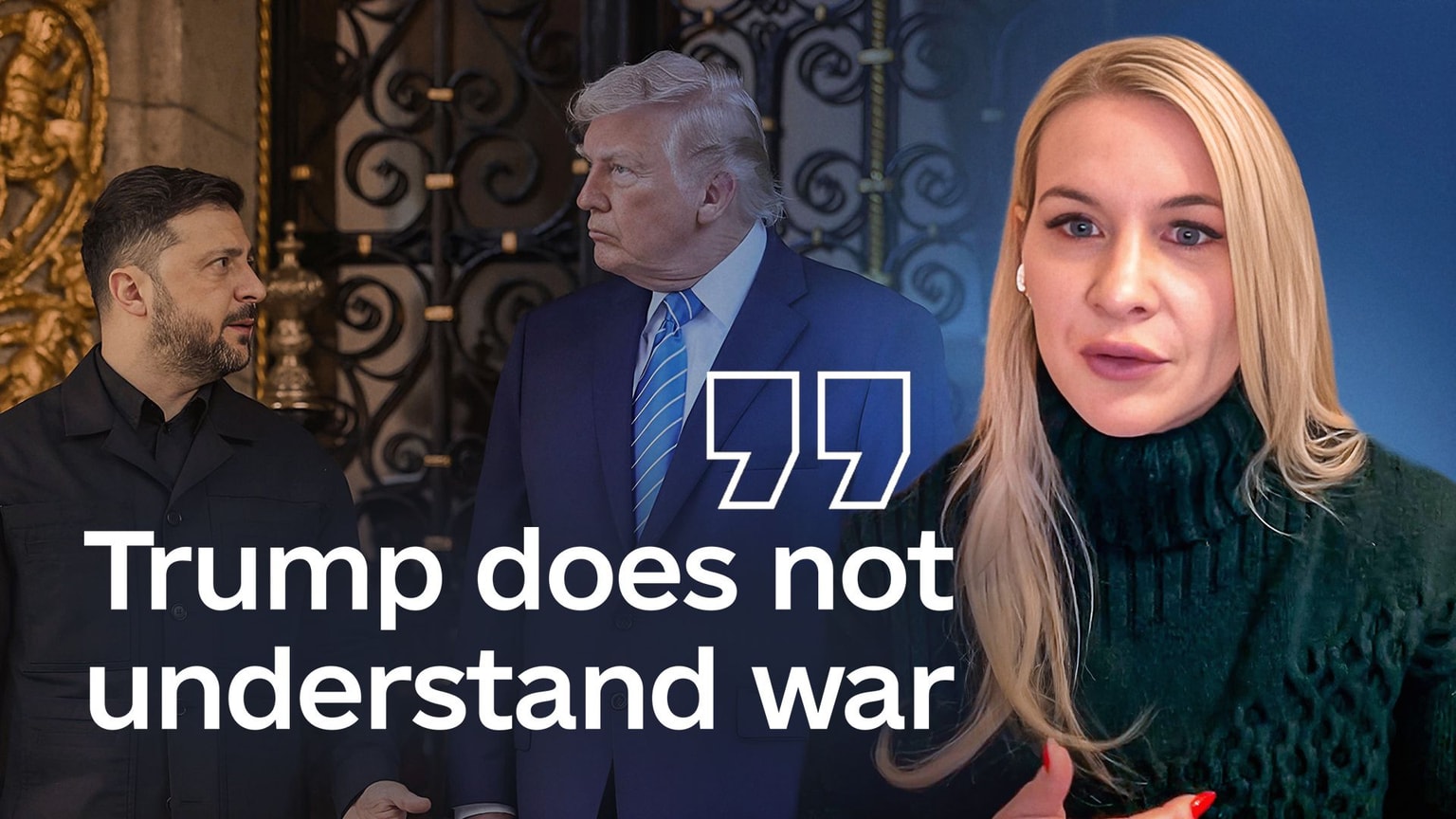
Inside the Swedish ammunition plant at the forefront of Europe’s push to ramp up shell production
Workers at the Nammo ammunition plant prepare to pour explosives into shell casings in Karlskoga, Sweden on April 2, 2024. (Francis Farrell/The Kyiv Independent)
KARLSKOGA, SWEDEN – In a nondescript industrial area nestled among a forest of Swedish pine, a continent-wide effort to ramp up defense production is playing out in real time.
A modest, one-story building is home to a seemingly endless ceiling-mounted rail — essentially an upside-down conveyor belt — snaking through machine halls and corridors as it carries artillery shell carcasses through the final stages of manufacturing.
Not too long ago, the rhythmic clunking of the rail in motion could be heard only in normal daytime hours; now, it’s at work around the clock.
This facility is a large-caliber ammunition foundry belonging to Norwegian-Finnish defense company Nammo, one of Europe’s foremost manufacturers of NATO-standard shells.
Munitions produced here range all the way from 40mm autocannon rounds upward, but it is the largest caliber that is most prized and most in demand: the 155mm howitzer shell.
“We are in the middle of a transition (to focus on 155mm shells),” said Martin Stang, the site manager and vice-president for Nammo’s large-caliber operations in Sweden, on an exclusive tour for the Kyiv Independent.
“It's a fairly quick switch,” he said, adding that the transition was driven by the initiative of European governments.
Without giving concrete figures for monthly production targets, Nammo claims it will triple production in two years starting from 2024, with the help of funding from Nordic governments and EU funds.
Over two years in, Russia’s full-scale war against Ukraine has been dominated by a high reliance upon artillery on both sides.
But while Russia has used this time to give its massive Soviet-era arms industry a shot in the arm, complimented by a huge shipment of shells from North Korea, Ukraine’s ammunition situation has only gotten worse.
With Soviet shell calibers like 122mm and 152mm in very short supply among Kyiv’s partners, Ukraine has made a wide-reaching shift to 155mm artillery.


Though the new howitzers have performed well in Ukrainian hands, the scale and demand of Russia’s war has exposed both Western stocks and production capacity as severely underprepared for such a strategic confrontation.
Now, with the passing of further U.S. military aid to Ukraine — including crucial shipments of 155mm shells — which has been blocked by Republicans in Congress for months, the responsibility to keep at least some regular flow of ammunition to Ukraine has fallen on European countries.
With Ukraine’s ammunition situation only getting more and more dire in the short term, Europe’s ability to produce and deliver more, quicker, can’t come fast enough.
Soaring demand
For Europe, ramping up shell production is not just about helping Ukraine, it embodies a major shift in strategic thinking.
Operators of 155mm artillery are now scrambling to acquire the shells, not just for future aid packages to Kyiv, but also to replenish and build stockpiles for an uncertain new era in European security.
“Our order books are full for the next two years,” said Stang.
This surge in demand now drives the price per individual shell up.
Although Stang declined to give a specific figure on the price, Nammo Deputy CEO Bjorn Andersson put the figure at 85,000 Swedish krona ($7,759) in a February interview with Dagens Nyheter.
Prices vary greatly depending on the individual order, the manufacturer, and the type of shell; one German shell order from a French defense company last December came at a price of just $4,343.
Though demand pushes prices up, Stockholm hopes that the situation can be alleviated by states joining forces in their procurement of shells both for themselves and for Ukraine.
“(Through joint procurement) we can place bigger orders, which is good for the industry because we can be prioritized and we can push the prices down a little bit,” Swedish Defense Minister Pal Jonson told the Kyiv Independent in March.
Upgrade and expand
For all the apparent difficulty in ramping up its production, a standard high-explosive 155mm shell is a remarkably simple object.
The two parts of the shell, the steel body and explosive filling, are produced in different Nammo facilities, spread across Norway, Finland, and Poland.
The final step occurs here at the Karlskoga plant, where the body and the explosive are each heated to around 100 degrees, upon which the liquid explosive is poured manually from plastic jugs into the empty shells by plant workers.
The shells are then sent through a system of cooling sheds, where they return to room temperature over several hours.

From there, they are X-rayed to check for any imperfections, sealed, marked, and sent on their way.
As with any complex assembly line, the first priority for increasing overall production is the elimination of key bottlenecks.
“The whole supply chain is under big constraints and a lot of pressure, and we can tell that because there are a lot of delays in the whole system,” said Stang.
“On our side, the bottleneck is the cooling system and the place where we melt the explosives.”
Work on overcoming these bottlenecks is ongoing in real time: in the cooling hall, workers can be seen installing new rows of sheds so that hundreds more shells can be cooled at a time.
Meanwhile, in the assembly line’s last hall, a brand new robot arm stands waiting to completely take over the job of marking the shells before delivery.
While other Nammo facilities in Norway and Finland are undergoing larger expansions, this is what the ramping up of production looks like in Karlskoga: no new production lines are being built from scratch, but instead the modernizing of the single foundry and the move to a 24/7 schedule.

“Maybe in the future,” said Stang about the possibility of new production lines being built in Sweden.
“Right now we are focusing on doing what we can with the facilities that we have. We are exchanging the equipment, and by that we are tripling the capacity.”
“The Swedish government or Swedish Defense Ministry are not involved in how these companies are run or how specific investment decisions or business decisions are made.”
Logistical puzzle
Unlike in the U.S., where ammunition factories are owned and run directly by the army, Europe’s various products of large-caliber ammunition are privately owned.
This makes quickly ramping up production much more difficult, as the companies must be assisted with large allocations of funding to cover the cost of building new factories or modernizing old ones, as in the case of Nammo.
For this reason among others, Europe fell notoriously short of its target to deliver one million shells to Ukraine from March 2023 to March 2024, with less than half of that amount actually arriving.
Slow and bureaucratic as the process may have been, state and EU-driven efforts to ramp up production in the long term are beginning to bare fruit.
Elsewhere in Europe, big moves are being made to satisfy domestic demand and the need to continue to support Ukraine in the future.


German defense giant Rheinmetall announced in February that it would be building a brand new factory in Lower Saxony, and as recently as April 16, the Lithuanian government announced the construction of another Rheinmetall factory in their country.
Overall, Rheinmetall, which also acquired Spanish ammunition company Expal last year and even hopes to build new plants in Ukraine, has said it aims to produce 700,000 155mm shells per year by 2025.
For Nammo, which has traditionally operated at a much smaller scale, much of the upfront cost to expand production is being covered by the European Commission’s Act in Support of Ammunition Production (ASAP), conceived in 2023 as the cornerstone of EU efforts to ramp up production.
In all relevant areas from shell, missile, explosives, and power production, ASAP’s stated key measures include funding industrial expansion, mapping capacity, and reducing bottlenecks.
In March, the final results of ASAP’s call for proposals were announced, with Nammo facilities in Sweden, Norway, and Finland all allocating multi-million euro funding packages.
On top of that, states like Sweden often also demand manufacturers to invest in production capacity as part of some of their larger joint procurement orders, the Swedish Defense Ministry told the Kyiv Independent.
Better late than never
For now, Ukraine’s shell hunger on the battlefield of Russia’s war remains extremely dire.
In an April interview with PBS NewsHour, President Volodymyr Zelensky said that Russia continues to fire around 10 shells on the battlefield for every Ukrainian one, an order of magnitude already reported by artillery commanders on the front line months earlier.
The lack of artillery ammunition has arguably been the main reason for Ukraine’s worsening battlefield fortunes over 2024 so far, with U.S. President Joe Biden directly blaming the failure to pass Ukraine aid for the fall of Avdiivka in Donetsk Oblast two months ago.
“I know that things are very hard in Ukraine,” Jonson said. “Ukrainian soldiers absolutely need that ammunition.”
If Congress does eventually pass the funding, the quick resumption of shell delivery is expected to help stabilize the situation on the front line, where Russia continues to advance at a pace not seen since 2022.
Also over the horizon is the expected delivery of hundreds of thousands of shells as part of Czech President Petr Pavel’s international initiative to hunt for up to 1.5 million shells both NATO and Soviet-standard, in third countries not willing to publicly provide them to Ukraine.


On April 15, Prague announced that the first 180,000 shells from the scheme had been contracted.
Together, these two factors promise both to increase the Ukrainian rate of fire on the battlefield and replenish reserves that are already running on empty.
But with every chance that Russia’s war will continue beyond 2024, it is the long-term investment in factories like Nammo which looks to safeguard the future security of both Ukraine and Europe as a whole.
“We are obviously very busy,” said Stang, “it's a historical thing we are experiencing and we are very eager to do a good job.”
Note from the author:
Hi, this is Francis Farrell, cheers for reading this article. We are in new phase of the war, which could potentially be stranger, tougher, and more uncertain than it has ever been so far. In a time when instability around the world is growing, and attention is fading when it is needed the most, please consider supporting our reporting.











